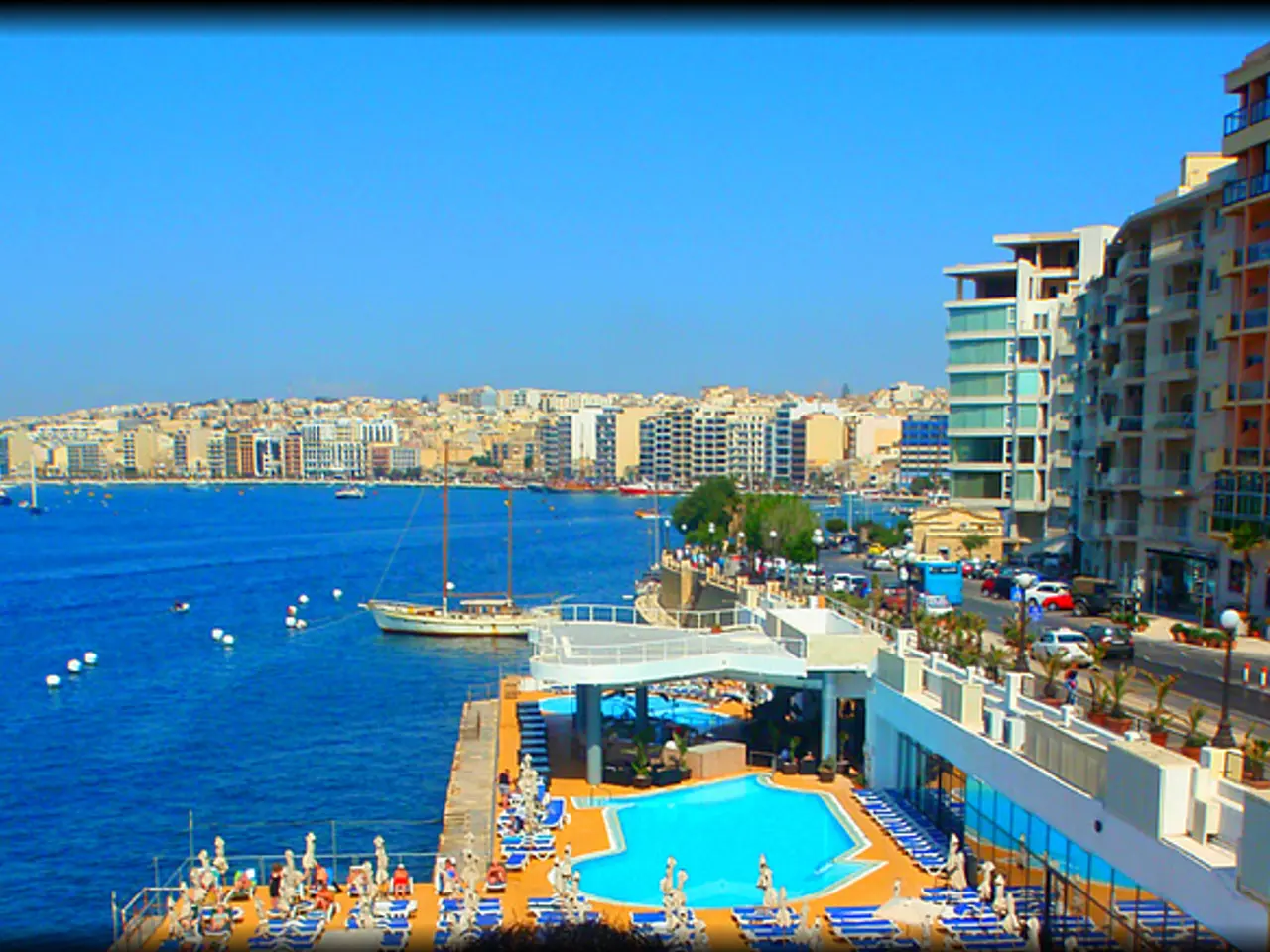India's Blue Economy Policy to Transform Maritime Sector
India, with its extensive 7500 km coastline and 2 million sq. km Exclusive Economic Zone, is poised to harness the economic potential of its maritime domain. The upcoming Blue Economy policy aims to regulate activities, foster growth, and meet UN sustainability goals.
The Blue Economy concept, set to be promoted by India, targets economic growth, social inclusion, and environmental sustainability of oceans and coastal areas. Despite its large maritime presence, India has not yet fully exploited these resources. The policy, though not yet detailed, is expected to address this.
Since 2014, India has been active in the region, partnering with Indian Ocean countries for capacity building programs and ocean cooperation. It has also concluded agreements for joint exploration of oil and natural gas with African nations. Looking ahead, India is considering developing the Andaman and Nicobar Islands as tourist attractions, mirroring the success of the Maldives and Mauritius.
The maritime sector is embracing Industry 4.0 technologies for automation, energy efficiency, and safety. The Gati Shakti program is set to improve land-sea linkages, enhancing domestic transportation and exports. The government is inviting private sector cooperation and investments through PPP projects for inclusive growth.
With its vast coastline and economic potential, India's Blue Economy policy is set to transform its maritime sector. Through partnerships, technological advancements, and private sector cooperation, India aims to achieve sustainable growth and social inclusion along its shores.
Read also:
- Thieves Steal Unique Sculptures from Redwood National Park's Grove of Titans
- Thessaly's Climate Plan Stalls Two Years After Storm Daniel Devastation
- Republicans advocate Trump's domestic policy plans in Iowa, though some business owners remain skeptic
- Typhoon Matmo Batters Vietnam, PM Urges Vigilance as Heavy Rain Continues







